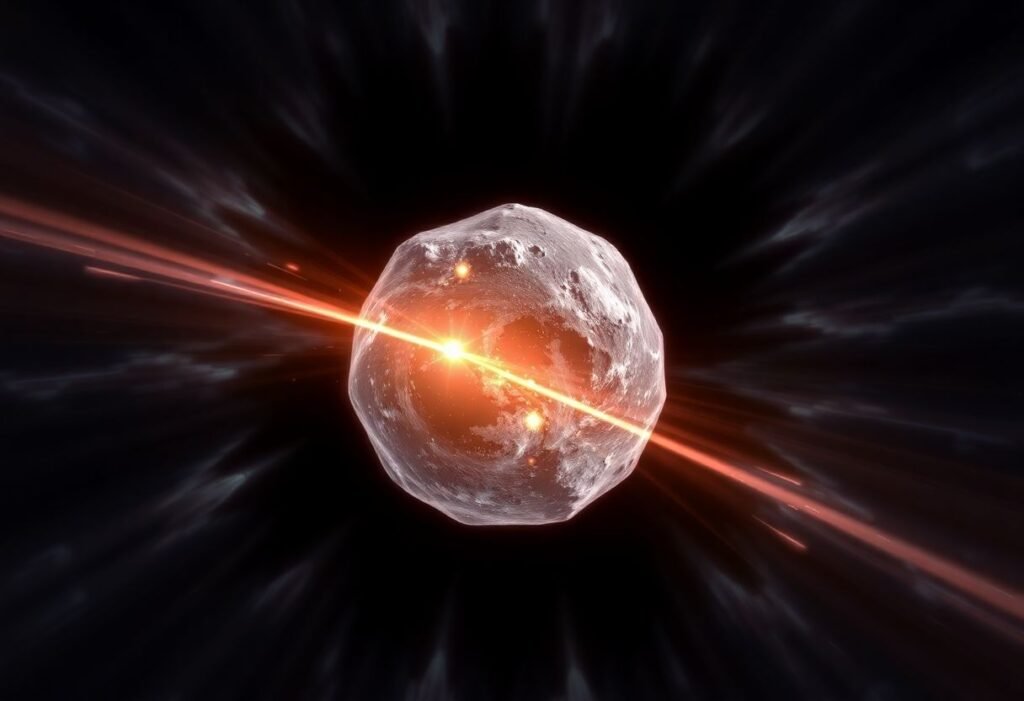This article explores a groundbreaking method developed by scientists at Sandia National Laboratories that leverages X-rays to deflect potentially hazardous asteroids heading towards Earth. As our understanding of space threats evolves, innovative strategies like these are crucial in maintaining planetary safety.
Innovative Approaches to Planetary Defense
Asteroids pose a significant threat to Earth, capable of causing catastrophic damage upon impact. Historical events, such as the asteroid that contributed to the extinction of the dinosaurs, underscore the importance of developing effective defense mechanisms. The method demonstrated by Sandia National Laboratories involves the use of concentrated X-ray bursts to alter the trajectory of an asteroid. This approach represents a novel fusion of physics and space exploration, potentially allowing us to mitigate dangers from celestial bodies.
Understanding the Mechanics of X-ray Deflection
The principle behind this technique is rooted in the concept of ablation. By directing X-rays onto the surface of an asteroid, the energy transfer can lead to the vaporization of its material. This process generates a force that pushes the asteroid slightly off its original course. The engineering required for such an operation could rely on current satellite technology, making it viable for implementation in the near future.
Benefits of Using X-rays over Traditional Methods
Traditional methods of asteroid deflection often involve kinetic impactors or nuclear explosives, which come with their own risks and challenges. In contrast, the X-ray method presents several advantages, including minimal physical interaction with the asteroid and lower risk of accidental fragmentation. Additionally, since these X-ray systems could be deployed from a considerable distance, the safety and effectiveness of operations could be enhanced significantly.
Challenges and Future Research Directions
Despite its promising implications, the X-ray deflection technique faces hurdles that require thorough exploration. These include understanding the diversity of asteroid compositions and behaviors, as the same method may not be effective on all types. Ongoing research will focus on refining the technology and conducting simulations to test various scenarios for deflection.
Implications for Space Agencies and Future Missions
Space agencies like NASA and ESA (European Space Agency) are increasingly interested in planetary defense strategies such as this. The success of this X-ray deflection method could pave the way for future missions designed specifically to monitor and, if necessary, alter an asteroid’s course. Collaborative international approaches may become more common as the threat of near-Earth objects (NEOs) becomes more apparent.
Conclusion and a Cautionary Note
While the concept showcased by Sandia National Laboratories holds great promise, it is essential to recognize that asteroid deflection is just one part of a broader planetary defense strategy. Continued investment in research, collaboration among scientific communities, and public awareness are key to effectively addressing the potential threats posed by asteroids. This X-ray approach offers a glimpse into future innovations that could protect our planet.
Disclaimer: The content provided in this article is for informational purposes only and does not constitute professional or scientific advice regarding planetary defense strategies.





















